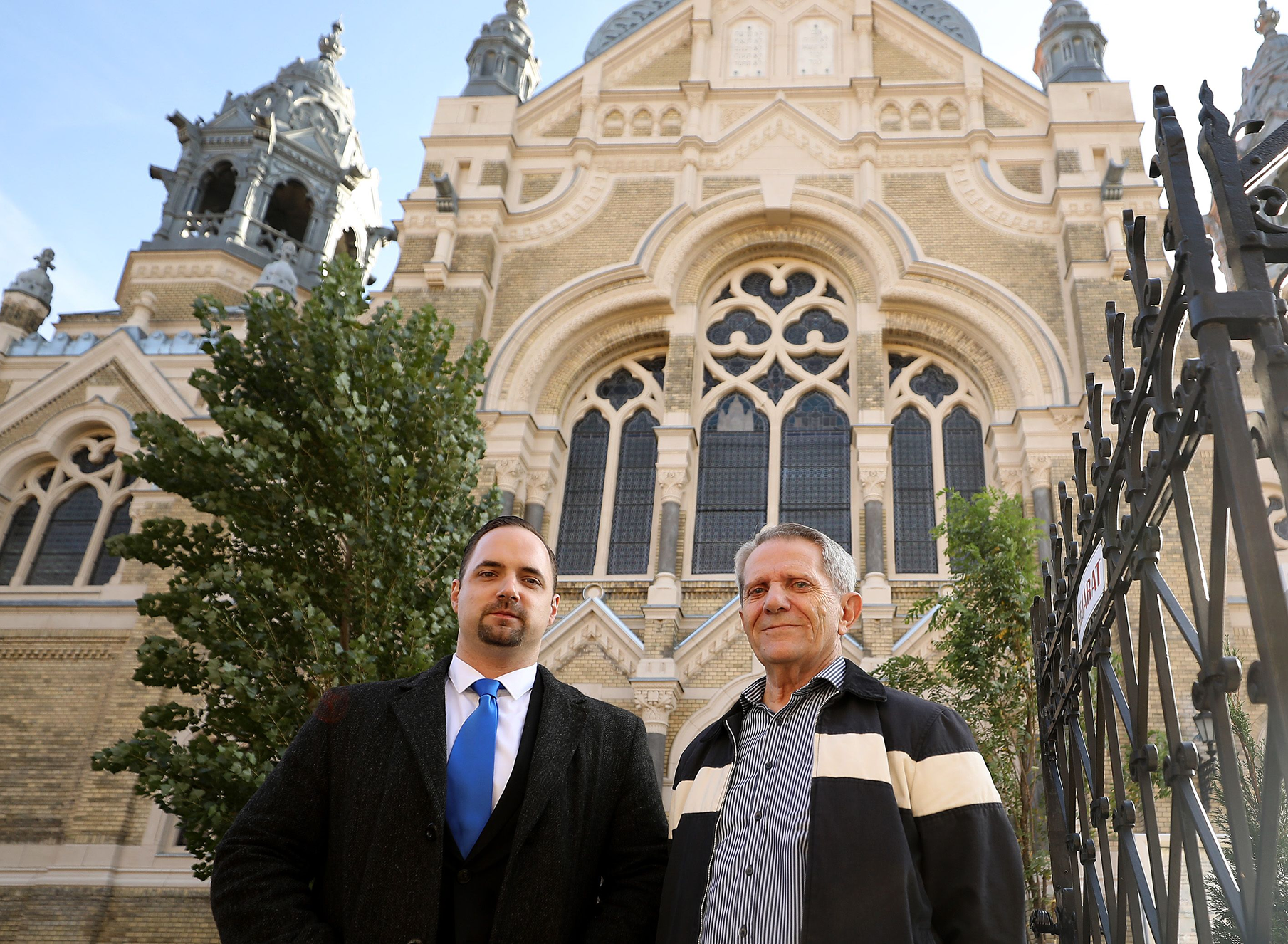Discover the Szeged Synagogue with us

The Jewish community of Szeged has a history spanning several centuries, with roots dating back to the mid-18th century. The community truly flourished in the 19th century, when it became a major player in the city's economic, cultural and social life. In 1927, the city had nearly 8,000 Jewish residents. The impressive New Synagogue of Szeged was built in 1903, and is still one of the outstanding works of Hungarian Jewish architecture. The tragic events of the Holocaust meant a heavy loss for the local Jews. After the war, the community was reorganized and has been actively preserving traditions, nurturing Jewish identity and memory ever since. Today, the Jewish community of Szeged serves its members and the city's interested public with religious, cultural and educational programs. The community's goal is to pass on Jewish values, strengthen dialogue and openness. There are services every Friday evening, Saturday morning and on all Jewish holidays. The community is committed to preserving the memory of the Holocaust and strengthening community cohesion. Its connections extend to domestic and international Jewish organizations.
The history of the Jewish community of Szeged began in 1781, when the first Jewish citizen, Mihály Pollák, settled in the city. By the 19th century, it had developed into a thriving neolog community, which had built three synagogues over the years. It had such prominent members and distinguished personalities as Dávid Kiss, Zsigmond Kulinyi, Miksa Weiner, Dezső Patzauer, János Kotányi, the Pick family, and Éva Janikovszky. The spiritual life of the community was led by such prominent rabbis as Lipót Lőw and his son, the world-famous scholar, Immánuel Lőw. Lipót Lőw is credited with introducing preaching and Torah commentary in Hungarian. Immánuel Lőw designed the interior ornamentation of the new synagogue and the garden surrounding the synagogue, and as a botanist, he processed the flora of the Jewish Bible, about which he also wrote a book entitled Die Flora der Juden. The tragedy of the Holocaust severely damaged the community. 8,617 people from the city and surrounding settlements were concentrated in the Szeged ghetto, and then the trains departed in July 1944, the first to Auschwitz, the second and third to labor camps via Strasshof in Austria. After the liberation, barely a third of the deportees returned. The city of Szeged lost 5,452 people in World War II, of whom 612 were Jewish laborers and 2,091 Holocaust victims. After the war, the community was rebuilt and still follows the neolog traditions. Religious life has been led by numerous prominent rabbis in recent decades, and currently Attila Kendrusz performs religious leadership duties, and István Buk is the secular president. Today, the community has about 300 people in Szeged, but the number of members living an active religious life is less than this. The community organizes religious services, Hebrew language classes, cultural programs, and musical and literary events. The community considers it an important mission to preserve the memory of the Holocaust and to cultivate and present the Jewish heritage of Szeged.
OFFICIAL WEBSITE OF THE COMMUNITY


Hungary Szeged,
Jósika u. 10, 6722
Friday: 18:00 - Ballroom
Saturday: 9:00 - Ballroom